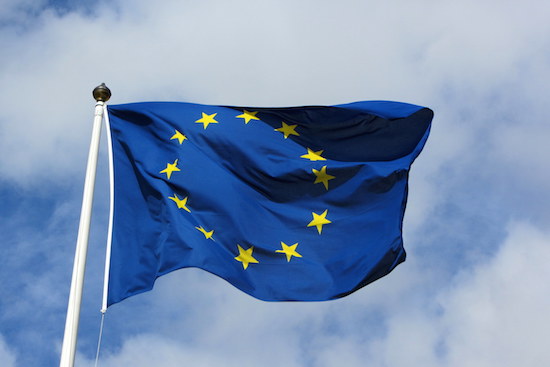
BEREC released its final guidance at a press conference on Tuesday, arguing that the changes integrated the commercial freedoms demanded by operators and restrictions sought by users.The telecom industry and other actors have been providing feedback – there were 481,547 contributions in all – on draft guidance BEREC published in June.
The new Guidelines to National Regulatory Authorities (NRAs) include changes that have been designed to remove misunderstandings, according to BEREC.
BEREC said that additional examples had been added to the guidance and the body had in places brought its guidelines “closer in line with the provisions and recitals of the regulation”.
On the key issue of zero-rated free services offered once a consumer has exceeded a data cap, one change to the guidance stressed that some commercial practices should by allowed by NRAs.
This would probably include the “ability of end-users to access ISP’s customer service when data cap is reached in order to purchase additional data,” said a BEREC note.
Also, as regards “specialised services” that require sufficient bandwidth and cannot slow down standard services, such as VoLTE, BEREC added a new category: 5G services using network slicing.
It also clarified the guidance that specialised services should not provide connectivity to the internet, saying NRAs should ensure specialised services should be “‘logically separated’ from IAS [internet access services].”
Regarding transparency issues, BEREC redefined “maximum speed (fixed)” offered to users as “speed end-user could expect to receive”.
The reason, said the BEREC note was that the “original text could’ve been misinterpreted as overly prescriptive.”
There was also a change for “estimated/measured maximum speed (mobile)” terms offered by operators – with the term “indoor and outdoor coverage” being removed as a recommended offer, since this is not explicitly required by the regulation.
Fewer changes were made in the final guidance regarding traffic management issues, although there was some clarification.
BEREC stressed that categories of traffic offered by Internet service providers (ISPs) should be based on quality of service (QoS) requirements.
Regarding more general guidance, a new paragraph 21 within the final guidance made clear that operators do not have to secure prior (ex ante) authorisation regarding commercial practices, traffic management, and specialised services.
Looking ahead, BEREC has created a system for ongoing changes to this guidance, with one official telling a Brussels press conference today: “This is not the end of the discussion, but rather the starting point for the next phase.”
The final guidance stressed that BEREC will encourage and help NRAs to exchange their experience of implementing the guidelines, including by annual reports – the first to be provided by June 2017.
The European body said that it would “review and update the guidelines as and when it considers it to be appropriate.”
One question at the press conference was over the risk that NRAs would still interpret the guidance differently, despite their goal of forging a common approach within the European Union.
BEREC officials said that where commercial disputes emerged as a result, the courts would adjudicate.
One official stressed that the guidance was designed to be sufficiently flexible to promote net neutrality in national markets varying widely in size and complexity, and so different NRA rulings were not necessarily a bad result: “There’s no one size fits all,” he said.
BEREC will publish the 44 percent of consultation documents marked non-confidential by September 30.




